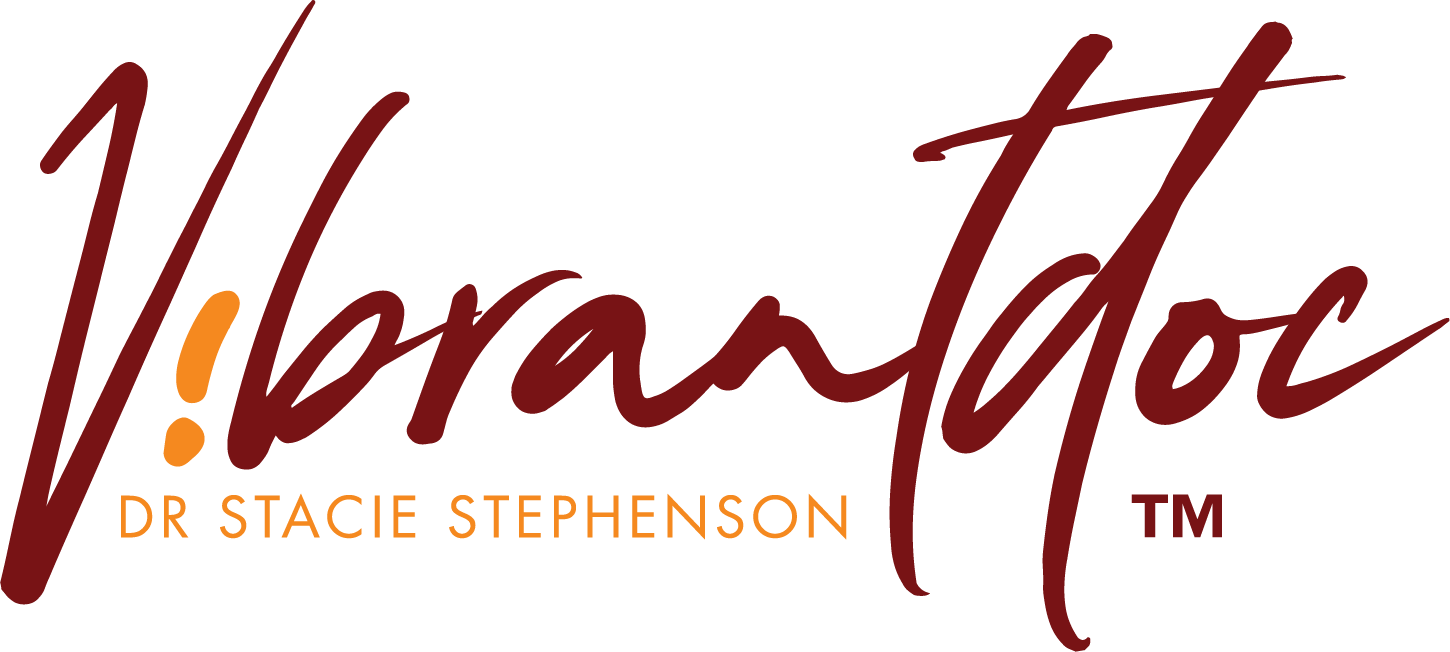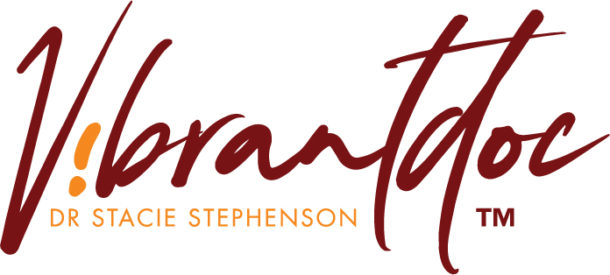Image sourced from NewBeauty
By Danielle Fontana Dooley / April 9, 2021
Gone are the days when fiber intake was a hush-hush patient-doctor-only conversation. Between blood-sugar stabilization and its key role in hormone health and weight maintenance, fiber is being recognized as a key player in the wellness game—some fad diets even hang their hat on the sole nutrient.
But what does fiber actually do? Read on for everything to know and how to get more of it into your diet.
Balancing Act
Fiber is a key player in everything from blood-sugar regulation to the stabilization of hormones and energy levels. According to nutritionist Jennifer Hanway, the nutrient aids in the regulation of blood sugar because it helps to slow the absorption of glucose from our food, “meaning we have a more controlled rise in blood sugar and insulin, which is key for healthy weight, body composition and hormone balance,” she explains. Consuming fiber also helps to regulate the release of insulin, the hormone that is responsible for “deciding” if we use our food for fuel or store it as fat, says Hanway.
Similarly, Dr. Stacie J. Stephenson, functional medicine physician, notes fiber has been proven to lower cholesterol and improve hormone equilibrium. “Excess body fat acts like an endocrine gland, producing its own hormones, especially estrogen. A high-fiber diet grabs on to this estrogen and carries it out of the body,” says the doctor. “This can lead to more balanced hormones, which can improve health and mood, making weight loss feel easier, especially if you tend to overeat when you get PMS or perimenopausal symptoms related to estrogen dominance.”
The Gut-Body Connection
According to Dr. Stephenson, fiber feeds the microbes in our microbiomes and in turn, these microbes produce short-chain fatty acids (SCFAs) as a byproduct of their digestion of fiber. “These SCFAs have many health benefits and are one of the primary mechanisms for improved gut, immune and blood-sugar health related to fiber intake,” explains Dr. Stephenson. “When you don’t eat enough fiber, you are starving both your good and bad microbes, increasing microbiome inflammation and reducing the diversity of your microbiome.”
As a result, this decrease in SCFA production can lead to an increased risk of chronic health problems including digestive disorders and blood-sugar issues such as type-2 diabetes. Conversely, Dr. Stephenson contends that soluble fiber has been shown to improve insulin sensitivity and blood-sugar control, which can help with cravings and the urge to overeat.
Numbers Game
While fiber is readily available in a variety of whole, nutritious foods, Hanway notes that most Americans do not eat even the lowest recommended amount of fiber. “The FDA recommends a fiber intake of 28 grams, but studies show that this is woefully low if we wish to promote optimum health and promote a healthy weight,” says Hanway.
Dr. Stephenson notes that these 25 to 30 grams should come from food, as opposed to supplements. “Most adults in the U.S. only get about half that amount, so most people will benefit from increasing their intake of fiber-rich whole foods,” she says, noting that our ancestors likely got much more than this. Hanway agrees, noting that she likes her clients to get the majority of their fiber from vegetables and fruits, as they are also packed with health-promoting micronutrients, antioxidants and polyphenols.
Fiber-Rich Foods
Dr. Stephenson says fiber is “stashed” in most whole plant foods, so all you have to do is eat more real, whole food, to take care of fiber. “You won’t even have to think about it—and no more choking down fiber slurries or handfuls of fiber supplements,” she adds.
On the list of fiber-rich whole foods: All berries, leafy greens, lentils, avocados, pears, apples, all root vegetables (like carrots and sweet potatoes), broccoli, cauliflower, brussels sprouts, artichoke, chickpeas, black beans, kidney beans, chia seeds, flax seeds, almonds, pistachios, sunflower seeds, walnuts, and fresh coconut. “Even dark chocolate, with a cocoa content of 70 to 95 percent, has a nice little dose of fiber,” adds Dr. Stephenson.
Fiber Hacks
Nutritionist Miranda Galati is a huge fiber fan, noting it’s key to helping you feel full, energized and satisfied. “A high-fiber diet keeps your bowels moving, stabilizes blood sugars and may even help you achieve a healthy weight,” she adds. When asked for her top hacks for adding more fiber into your diet, Galati didn’t disappoint:
- Add a spoonful of chia seeds to oats or smoothies
- Add a handful of high-fiber berries such as raspberries to your breakfast
- Add a can of black beans or lentils to ground turkey or chicken
- Mix cooked rice with lentils
- Enjoy a handful of nuts and seeds daily
- Choose whole grain bread whenever possible


